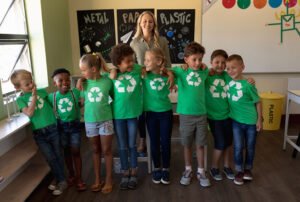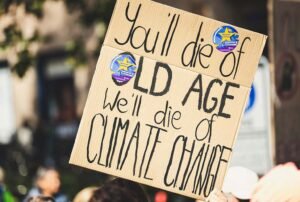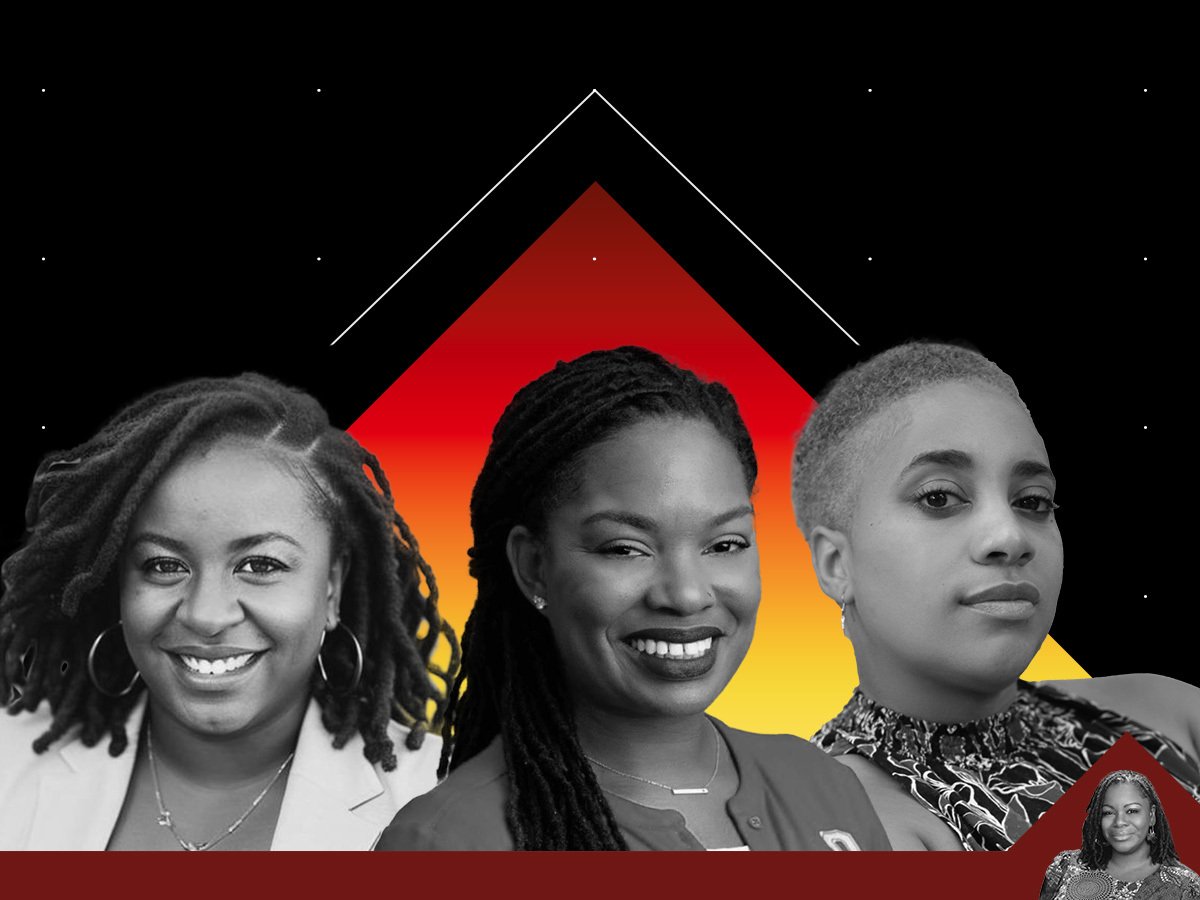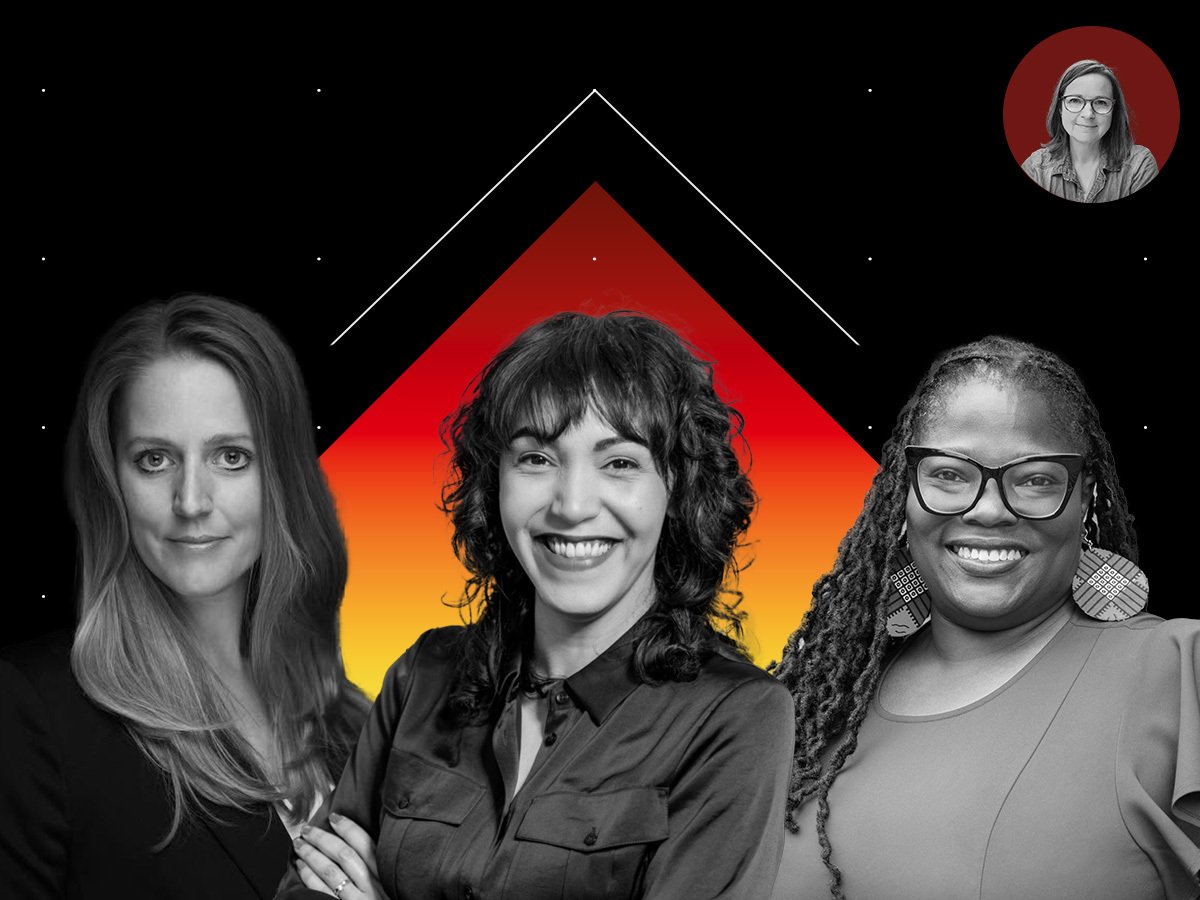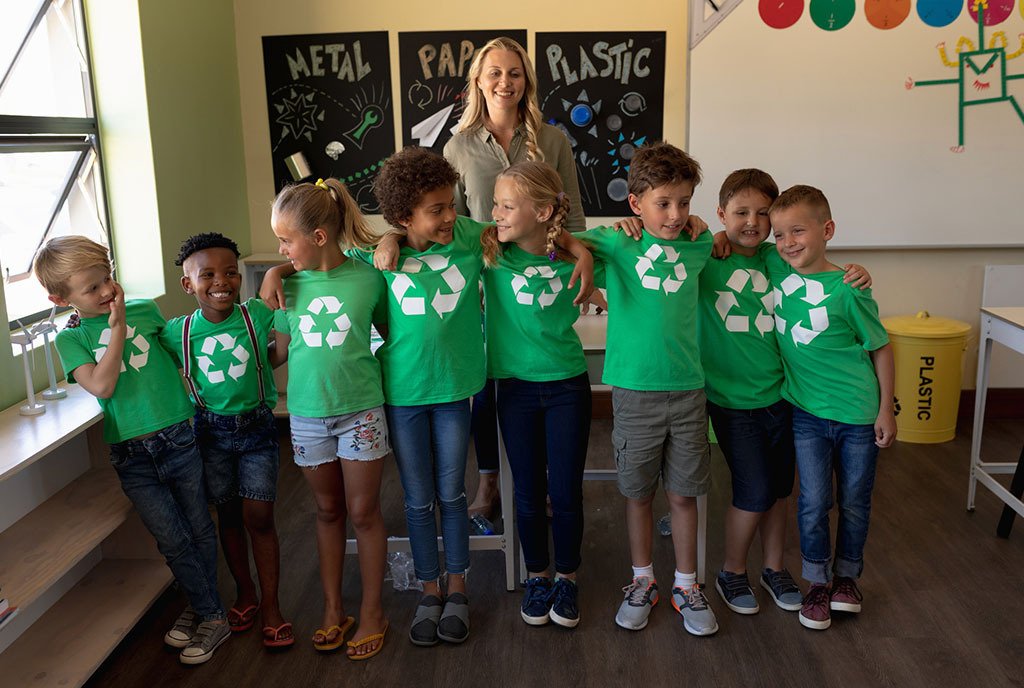March 8, 2012; Source: New York Daily News
Kids in New York City’s Flatbush neighborhood will be obtaining aid from a local nonprofit to help them navigate life successfully from birth to their first job after college. The nonprofit CAMBA is one of 15 organizations nationally to receive a Promise Neighborhood planning grant from the U.S. Department of Education. The grant provides a year of planning, analysis and project development to help improve the educational and developmental outcomes of local children.
Through this grant, CAMBA is creating a new program where local youth will obtain assistance from community groups and residents to obtain their high school diploma and move onto college.
Flatbush mom Isabella Lewis says, “I think it’s an excellent idea. It’s something a lot of students need. Too many people come out of this neighborhood and don’t become anything.”
In January, the group was given $500,000 in federal grant funding to get the Flatbush Promise Neighborhood Initiative off the ground. Officials from CAMBA have already met with 40 local organizations and parents in the first of six meetings to obtain feedback on what local children need.
Sign up for our free newsletters
Subscribe to NPQ's newsletters to have our top stories delivered directly to your inbox.
By signing up, you agree to our privacy policy and terms of use, and to receive messages from NPQ and our partners.
Part of the plan includes tracking students’ grades, attendance and state exam scores to determine areas of challenge. The group also wants to apply for additional federal grant funding to put their plan into action.
The program director, Marjorie Momplaisir-Ellis says, “We could transform this neighborhood from a community of need to a community of excellence.”
The Promise Neighborhood program of the U.S. Department of Education was created by the Obama administration on the model of the Geoffrey Canada-run Harlem Children’s Zone, taking a holistic approach to transforming communities and combining extensive family services with a school for cradle-to-career programming. The Obama administration got congressional support for a number of $500,000 planning grants, but the request for $200 million in Promise Neighborhood appropriations was cut significantly.
As a result, while CAMBA and 14 other communities received 2011 planning grants, the Department of Education announced that only five would receive implementation grants of up to $6 million apiece, potentially $30 million over the intended life of the program. Given the budget challenges facing this administration, future Promise Neighborhoods appropriations are iffy, making CAMBA’s replication of the Harlem Children’s Zone program, which raised hundreds of millions in private funds (including nine-figure contributions from board member Stanley Druckenmiller on top of multi-million dollar contributions by scads of foundations), difficult.
Some of the other Promise Neighborhood grantees include communities in San Francisco, Tulsa, Detroit, Chicago and Nashville. Between two rounds of Promise Neighborhood grants, 18 states and the District of Columbia will develop plans to emulate the Harlem Children’s Zone. Their challenge will be the combination of scrapping for declining federal funds and scrambling for vital philanthropic commitments. Located in Brooklyn, CAMBA has potential access to a large New York-based foundation community. But for other communities, does Promise Neighborhoods imply a promise that might not be able to be kept? –Saras Chung


